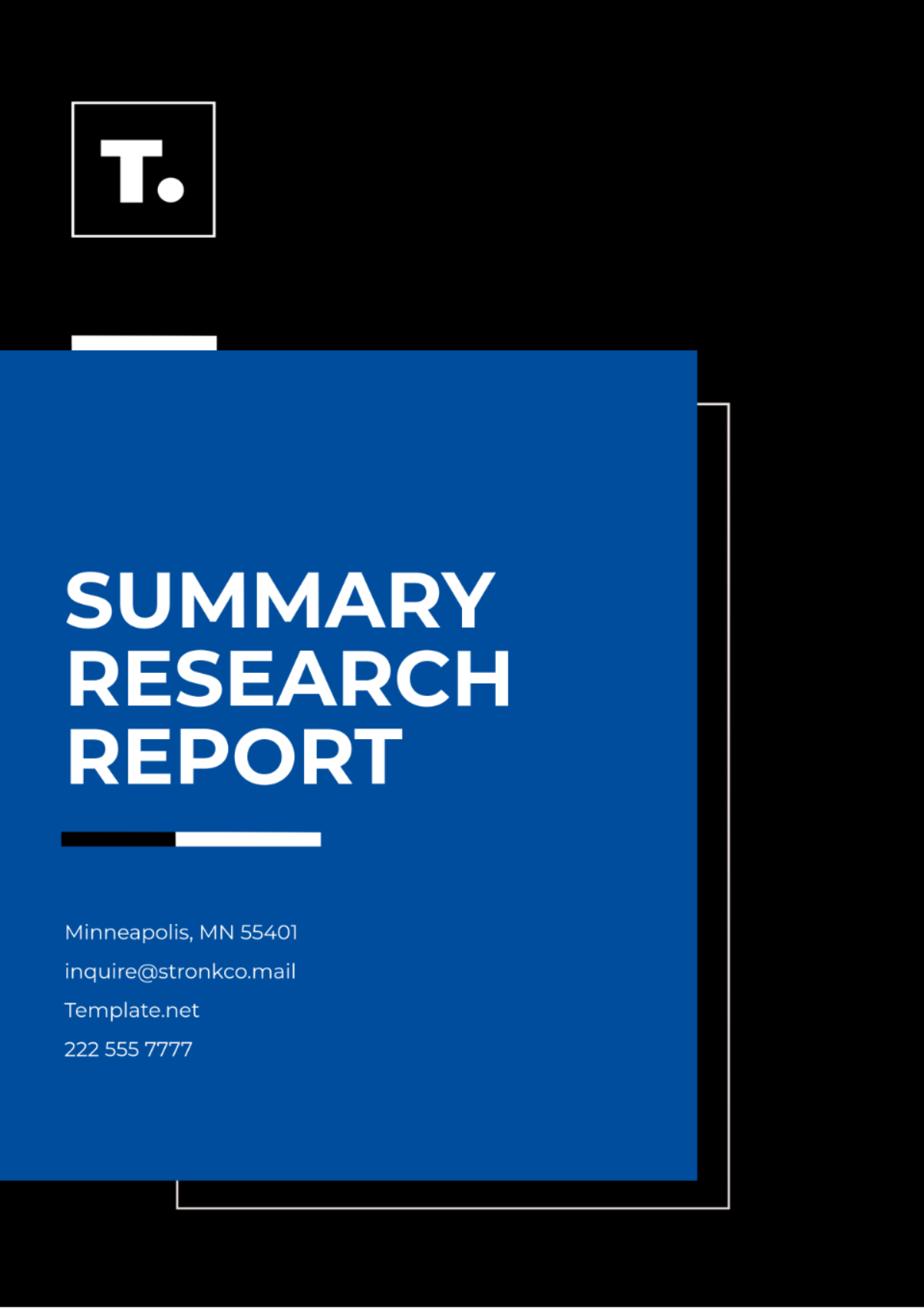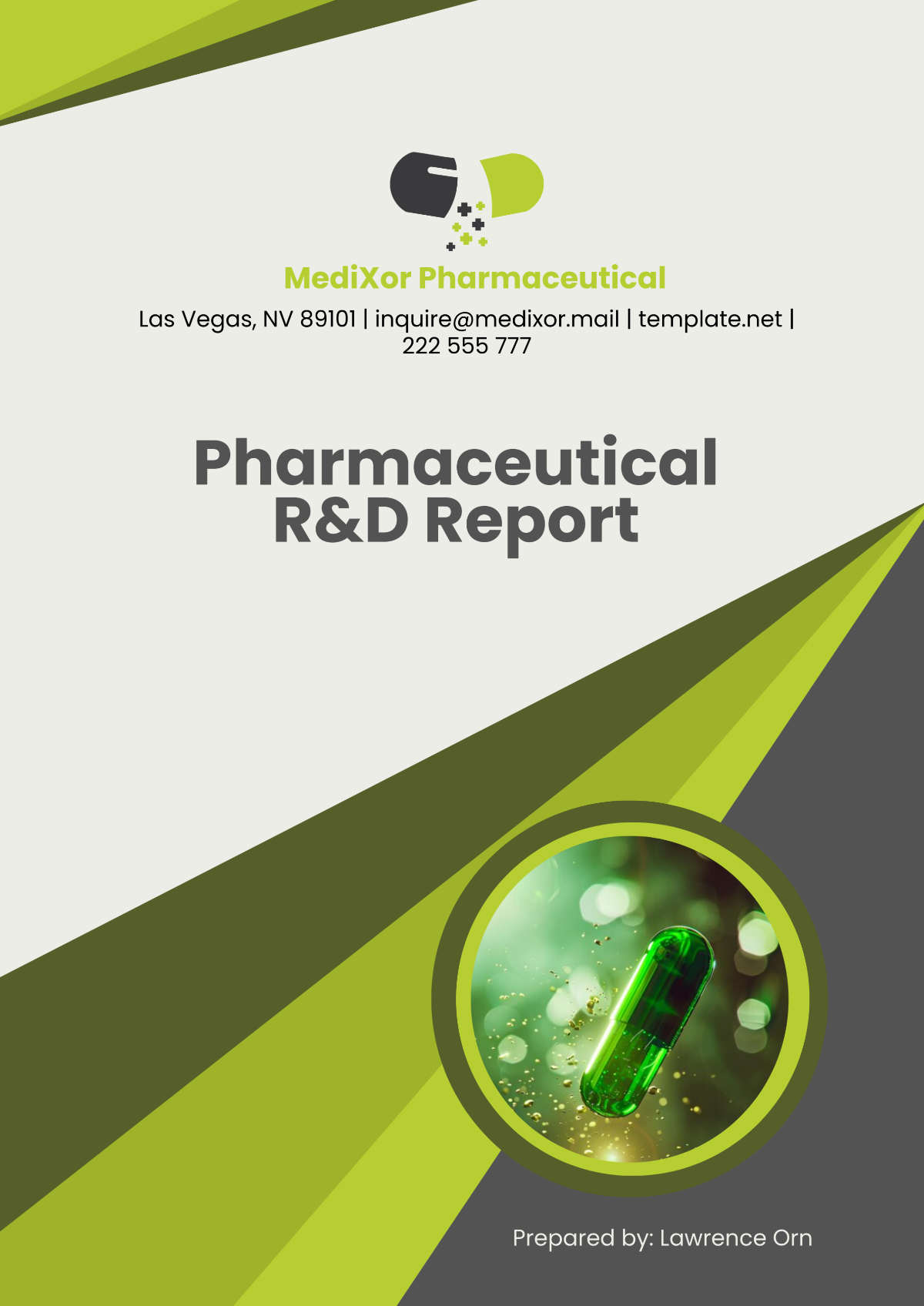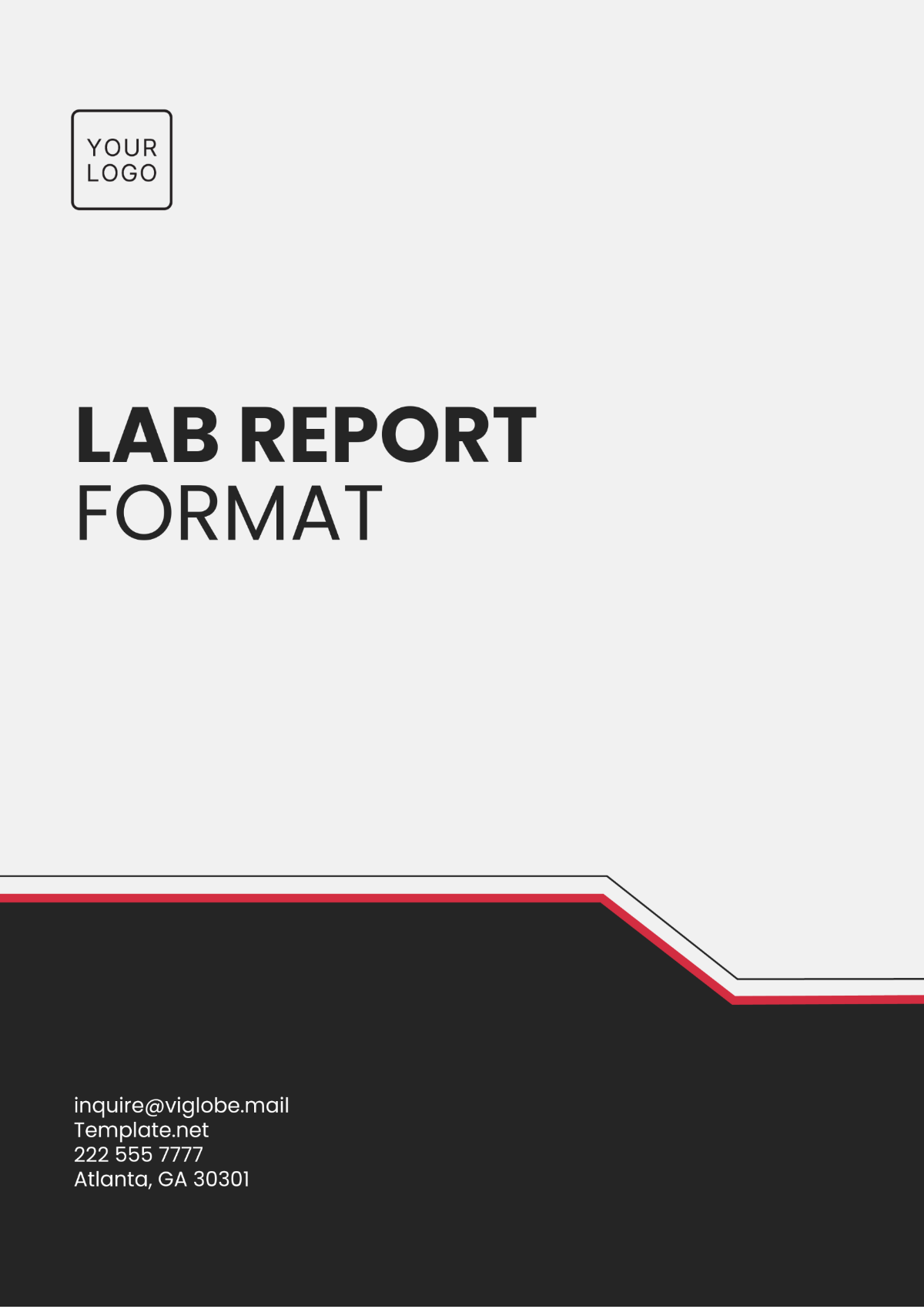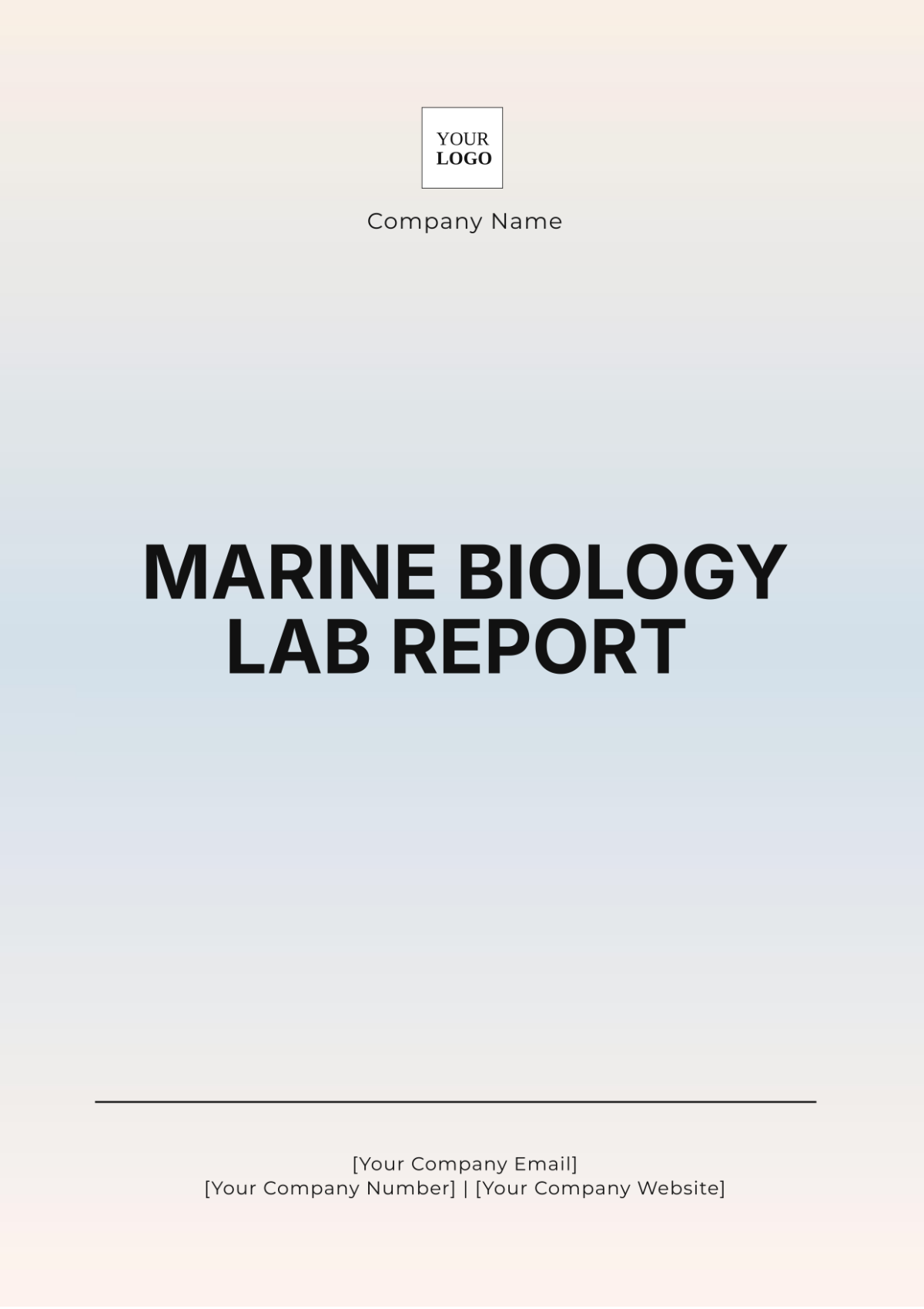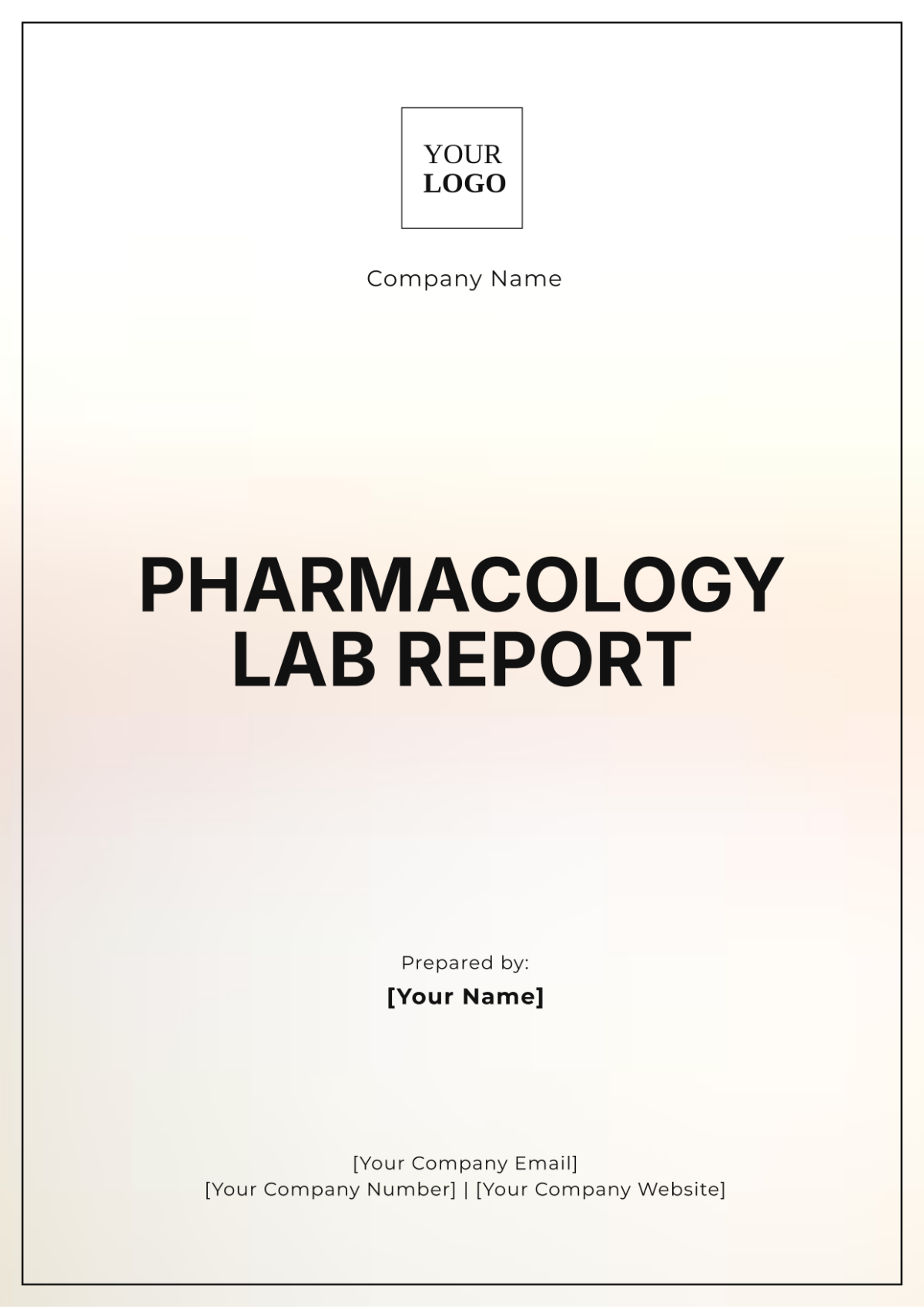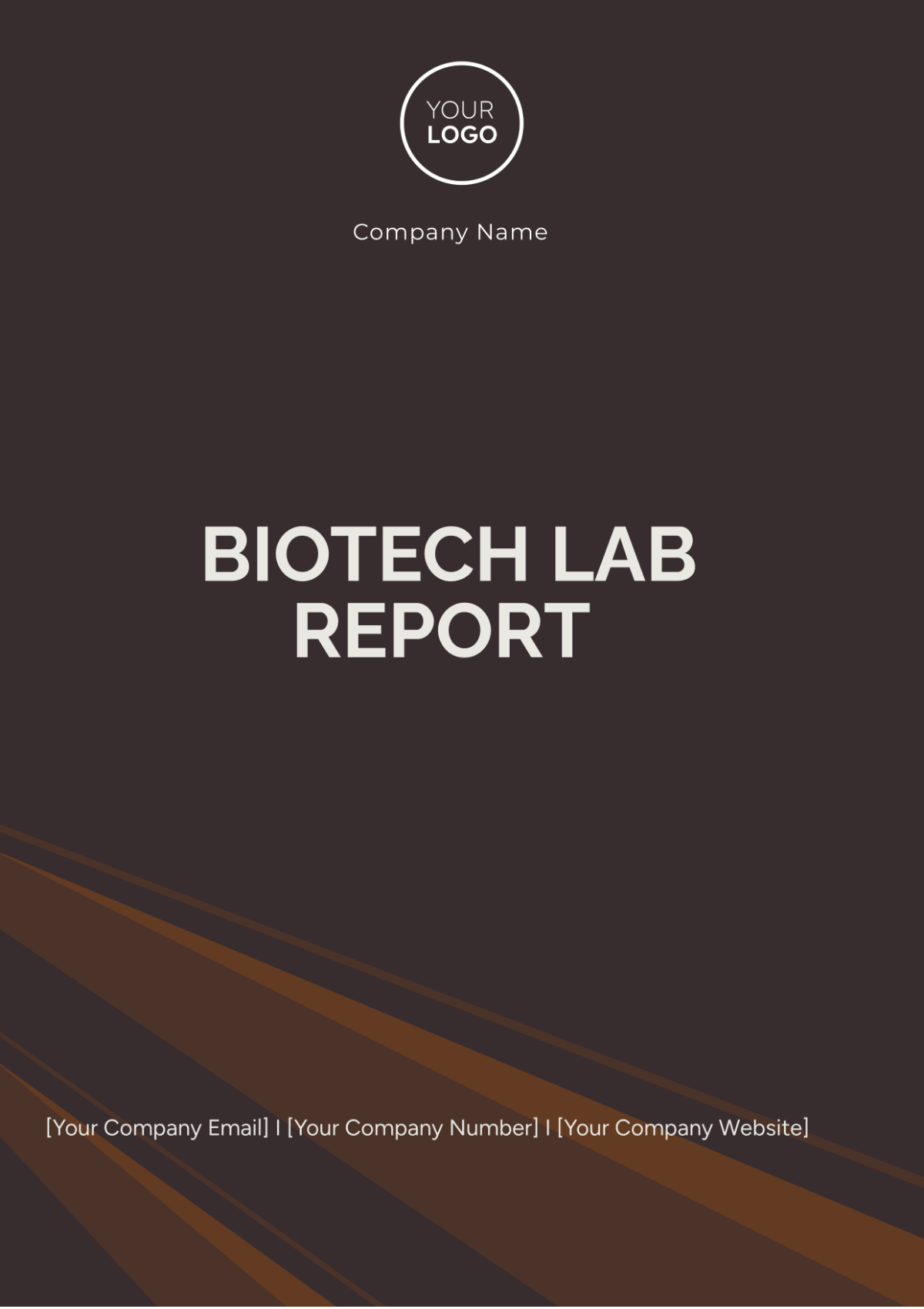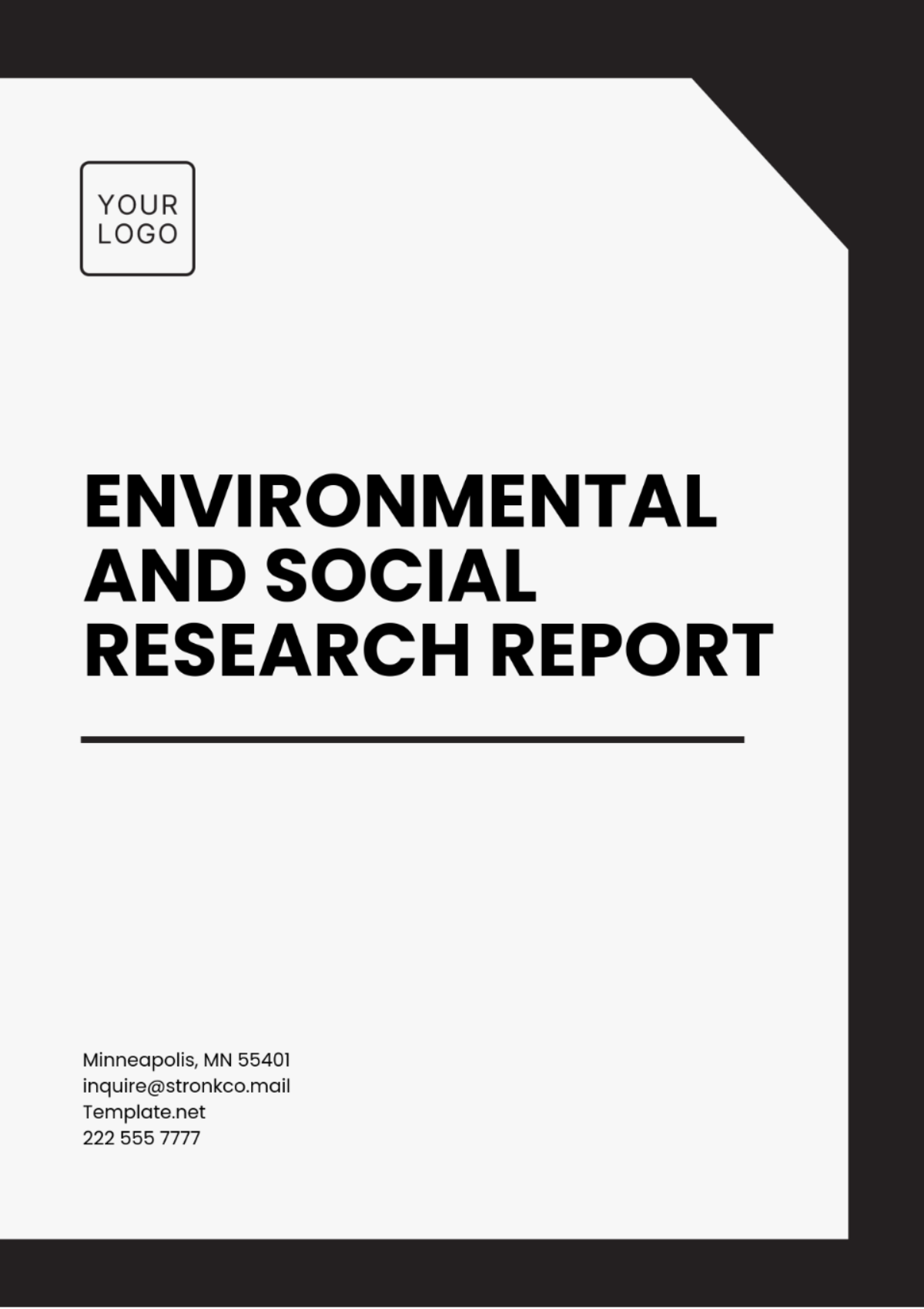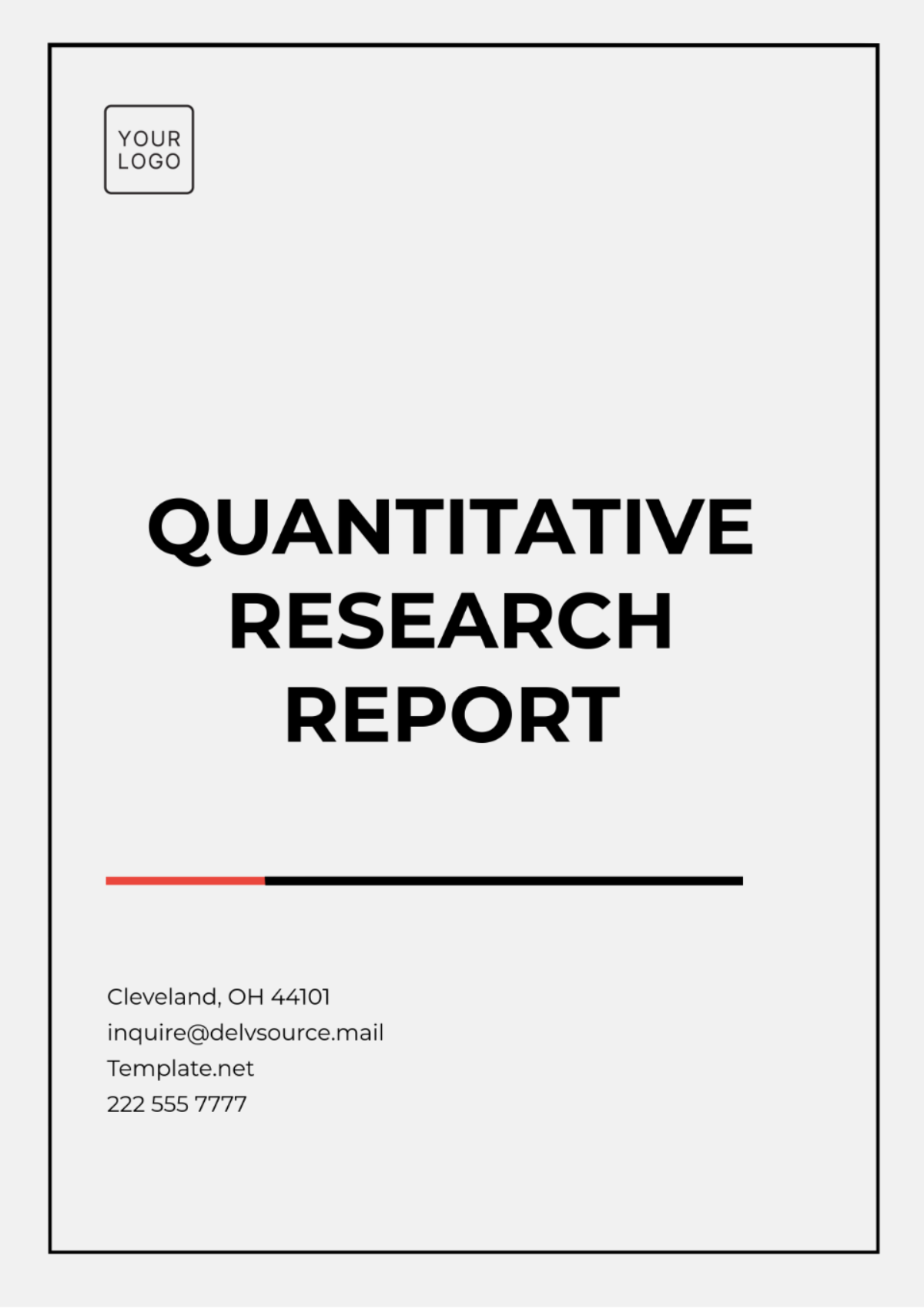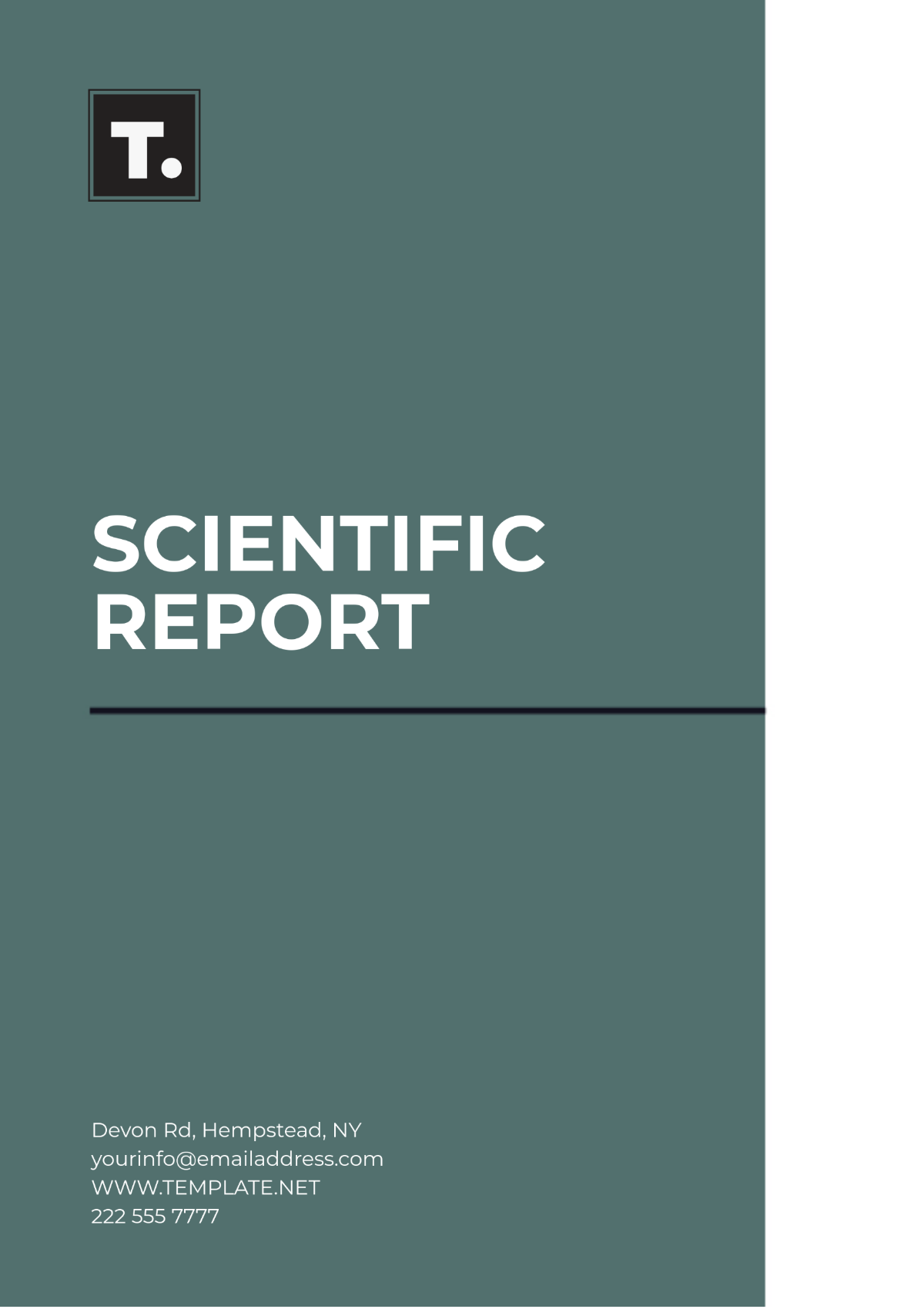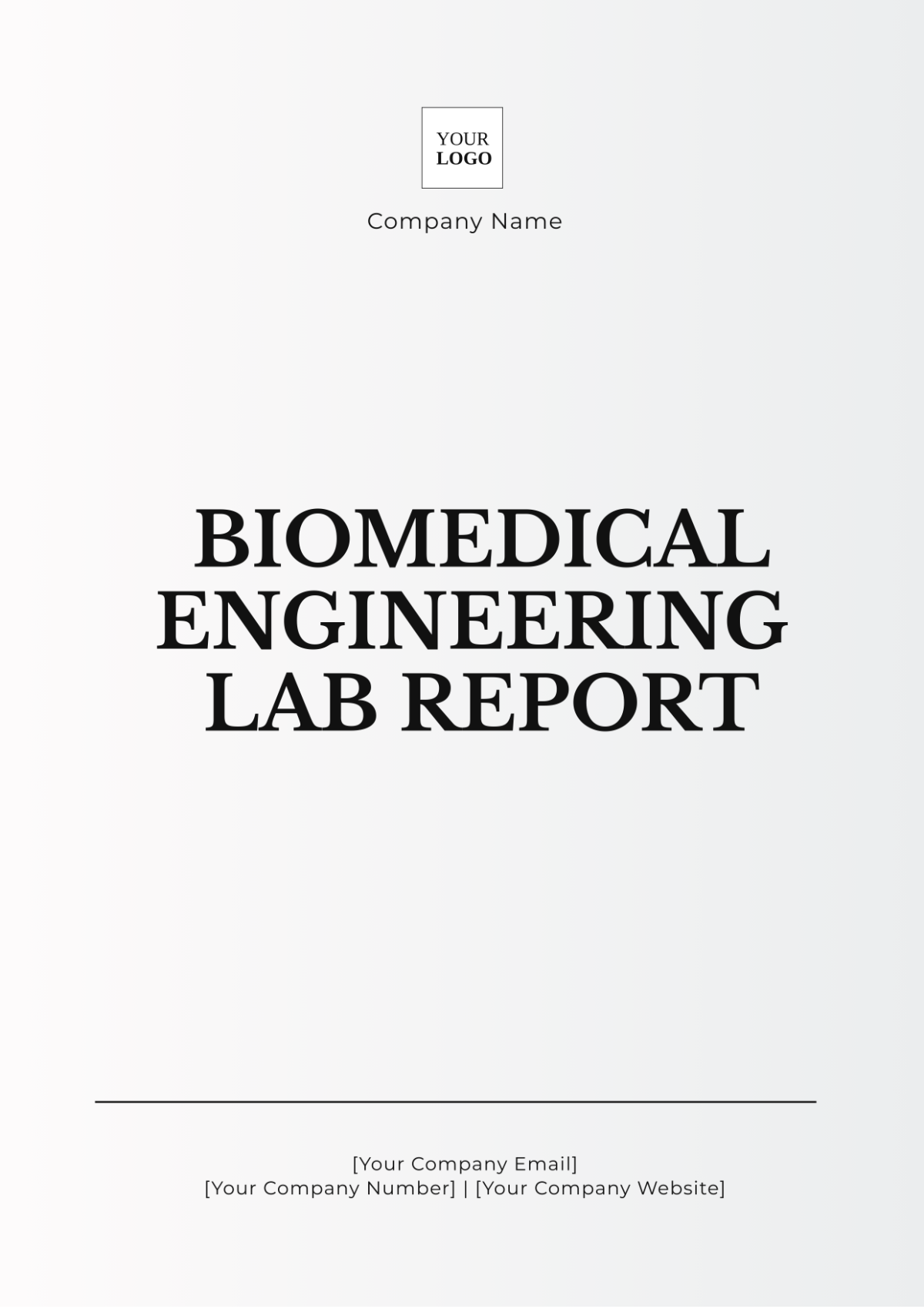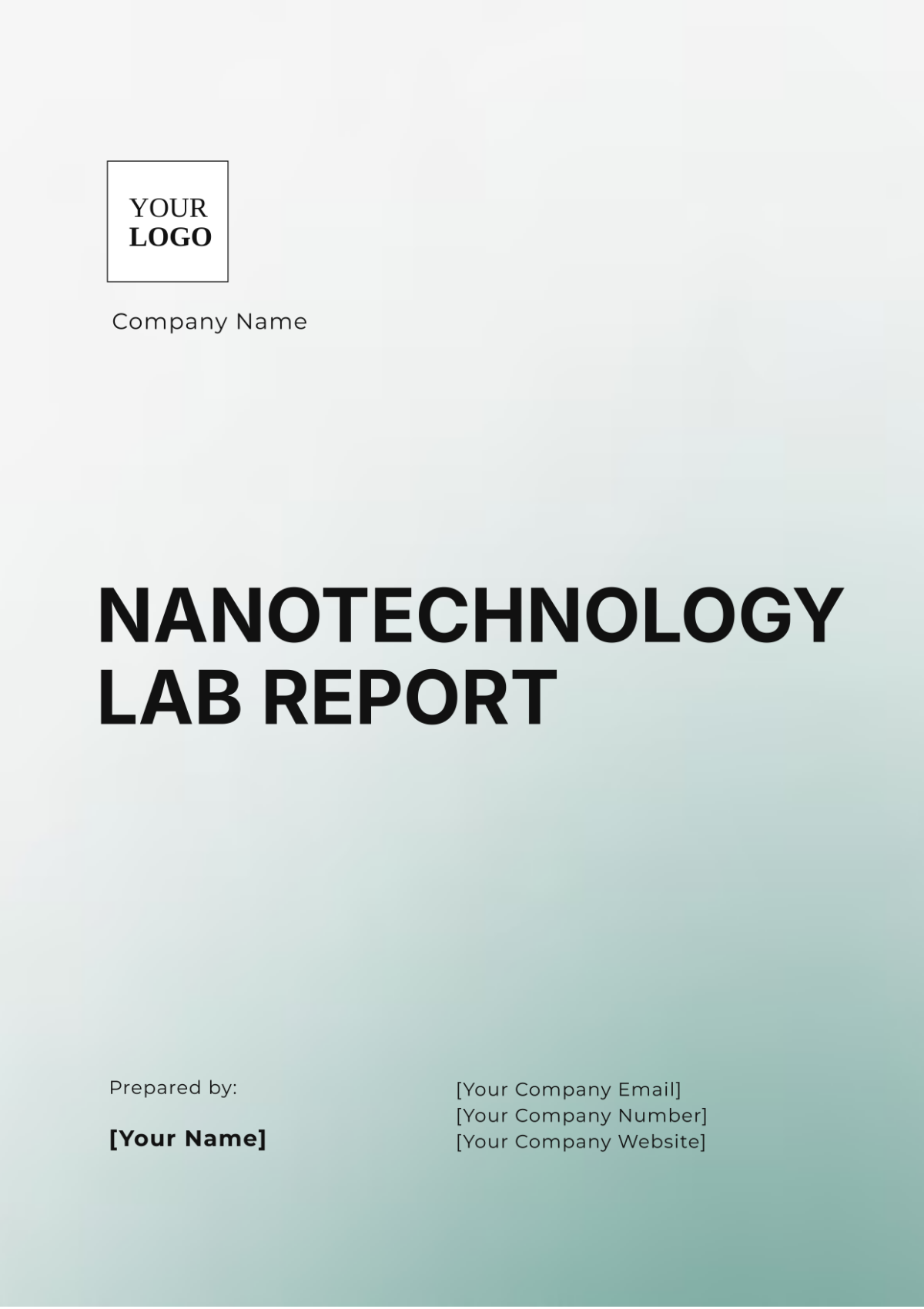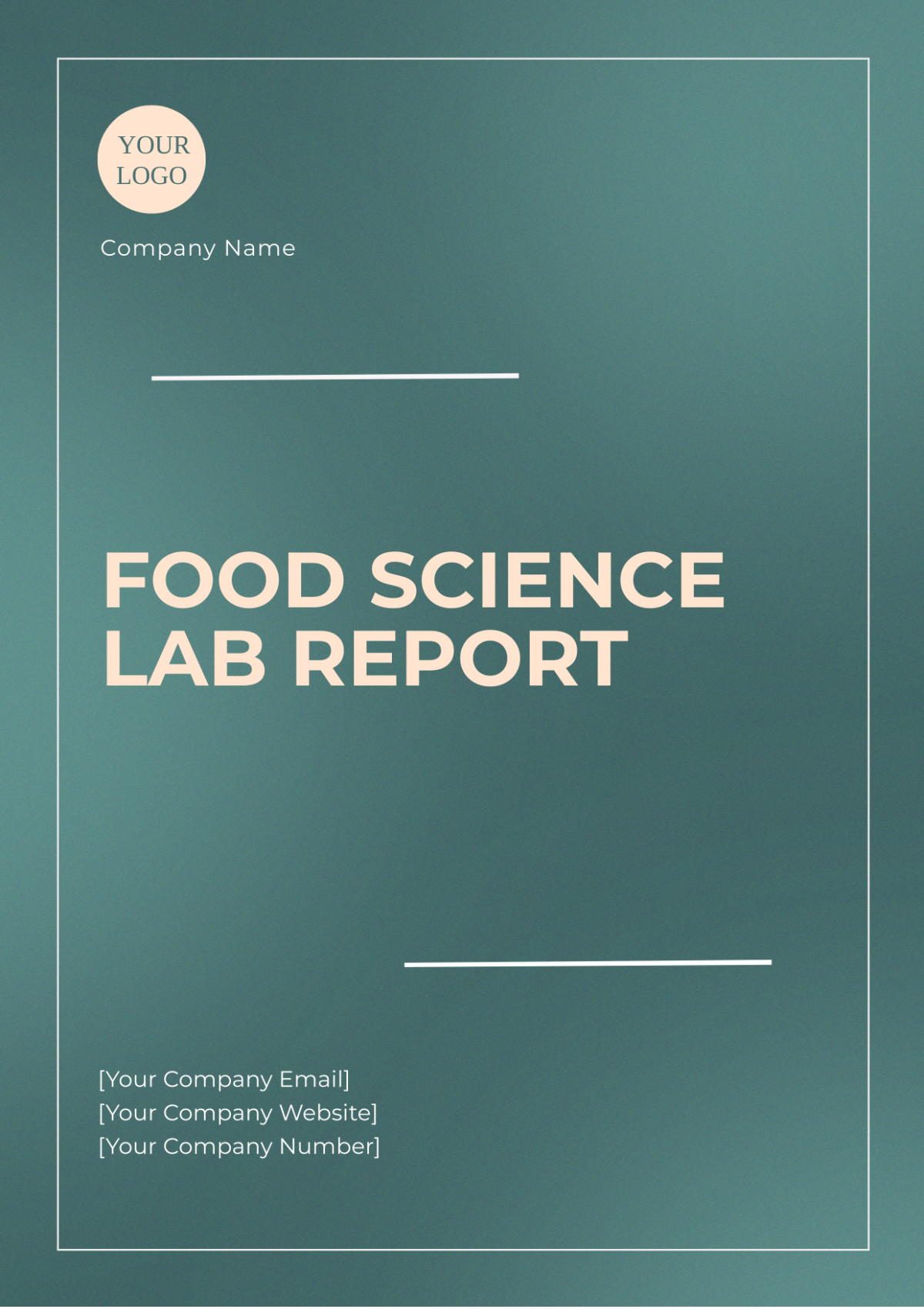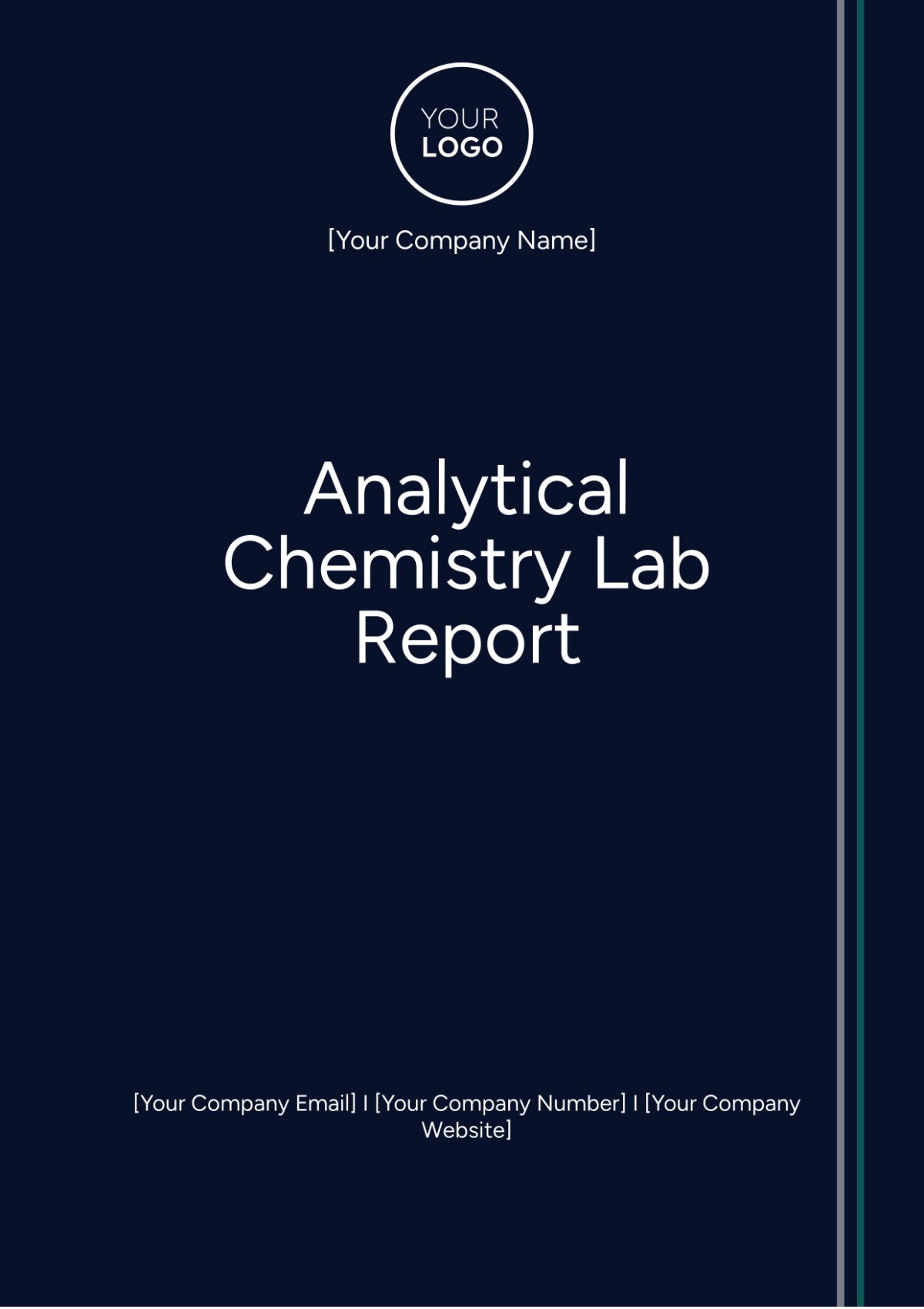Biotech Lab Report
I. Abstract
This report presents the methods, results, and analysis of experiments conducted to examine gene expression in model organisms. The study aims to understand the regulatory mechanisms influencing gene activity and assess the impact of specific genetic modifications. Various techniques, including Polymerase Chain Reaction (PCR), gel electrophoresis, and sequencing, were employed to gather and analyze data.
II. Introduction
The regulation of gene expression is a fundamental aspect of cellular function and organismal development. This study explores gene expression in model organisms, elucidating the complex interactions between genetic elements and their regulatory pathways. By manipulating and observing gene activity, we aim to shed light on the underlying biological processes and potential applications in biotechnology.
III. Methods
A. Materials
Model organisms: Escherichia coli, Caenorhabditis elegans
PCR reagents: primers, Taq polymerase, dNTPs, buffer
Agarose gel electrophoresis setup
Sequencing reagents and equipment
Laboratory consumables: pipettes, microtubes, gloves
B. Experimental Procedure
The experiments were conducted in a controlled laboratory environment following established protocols.
Sample Preparation:
Samples were collected from model organisms and prepared for analysis.
Microbial cultures were grown overnight in Luria-Bertani (LB) broth.
C. elegans samples were collected from NGM agar plates.
PCR Amplification:
PCR was performed using specific primers to amplify target gene sequences.
Initial denaturation: 95°C for 5 minutes.
30 amplification cycles consisting of:
Denaturation: 95°C for 30 seconds.
Annealing: 55°C for 30 seconds.
Extension: 72°C for 1 minute.
Final extension: 72°C for 10 minutes.
Gel Electrophoresis:
Amplified products were separated on a 1.5% agarose gel and visualized under UV light after staining with ethidium bromide.
Sequencing:
Successful PCR products were purified and subjected to sequencing to confirm the amplified gene sequences.
IV. Results
The experimental procedures yielded the following results, presented in both narrative and tabular formats.
A. PCR Yield
Sample | Initial DNA Concentration (ng/μL) | PCR Product Yield (ng/μL) |
|---|---|---|
E. coli | 50 | 35 |
C. elegans | 25 | 18 |
B. Gel Electrophoresis Visualization
The gel electrophoresis results indicated successful amplification of target gene sequences as evidenced by distinct bands at the expected sizes:
E. coli: Clear band observed at ~500 bp.
C. elegans: Clear band observed at ~700 bp.
C. Sequencing Results
The sequencing provided accurate sequence data for the amplified genes. Comparative analysis with reference sequences revealed high fidelity in PCR amplification.
V. Discussion
The results demonstrate the successful execution of the experimental procedures, with high-yield PCR products and accurate target gene amplification. Gel electrophoresis and sequencing data confirm the reliability of the methods used. These findings underscore the importance of precise protocol adherence and robust experimental design in gene expression studies.
Further investigation could explore more complex regulatory networks and their implications in biotechnology applications, such as gene therapy and synthetic biology.
VI. Conclusion
This study successfully analyzed gene expression in model organisms using a combination of PCR, gel electrophoresis, and sequencing. The findings contribute to a deeper understanding of genetic regulatory mechanisms and set the stage for advanced biotechnology research.
VII. References
Smith, J. A., & Doe, J. R. (2050). Gene Expression Analysis: Methods and Protocols. Biotechnology Journal, 15(3), 455-467.
Wang, X., & Li, Q. (2051). Sequencing and Analysis of Genetic Modifications. Advances in Biotechnology, 12(2), 115-128.







